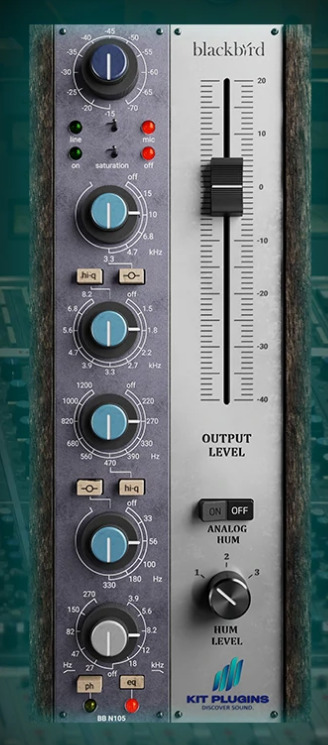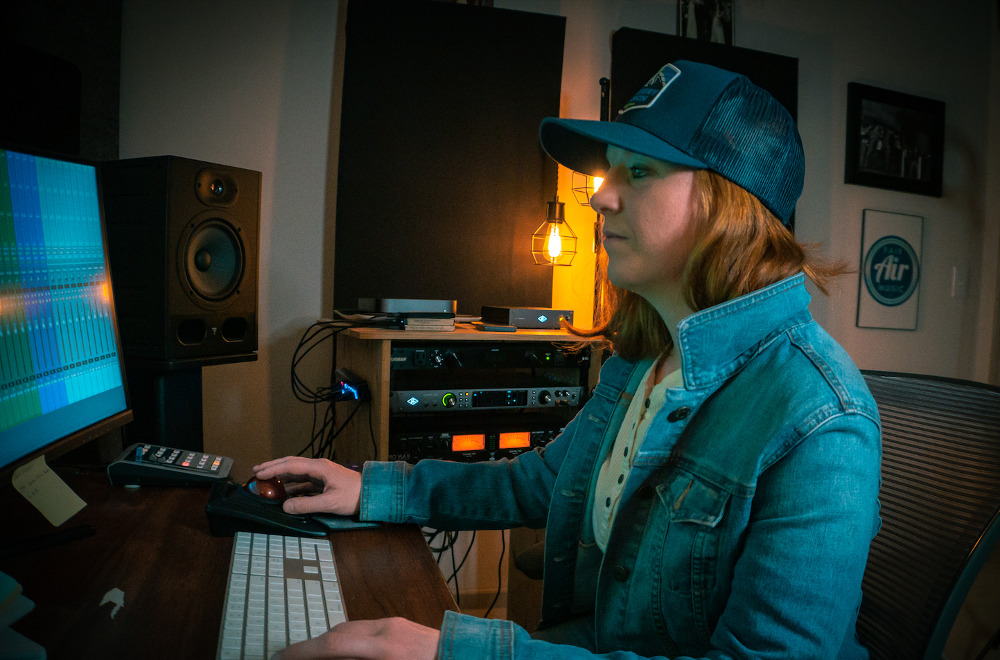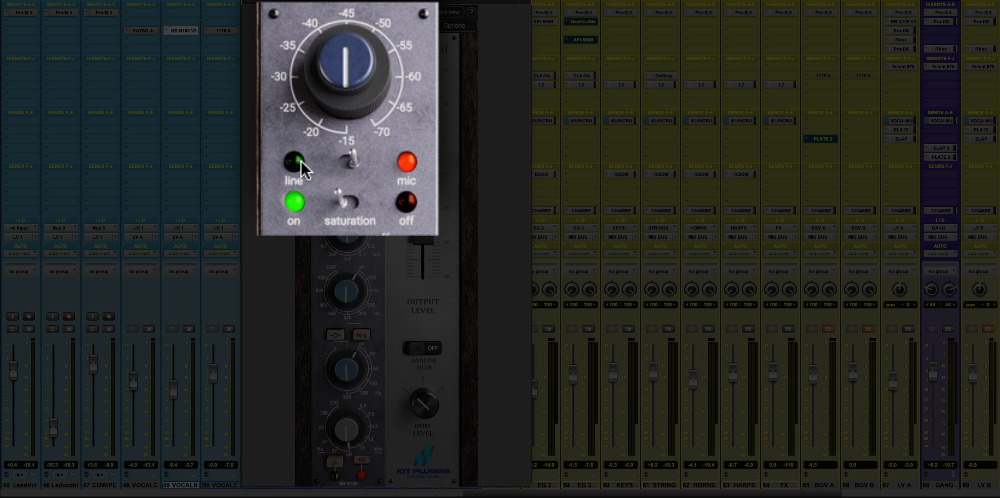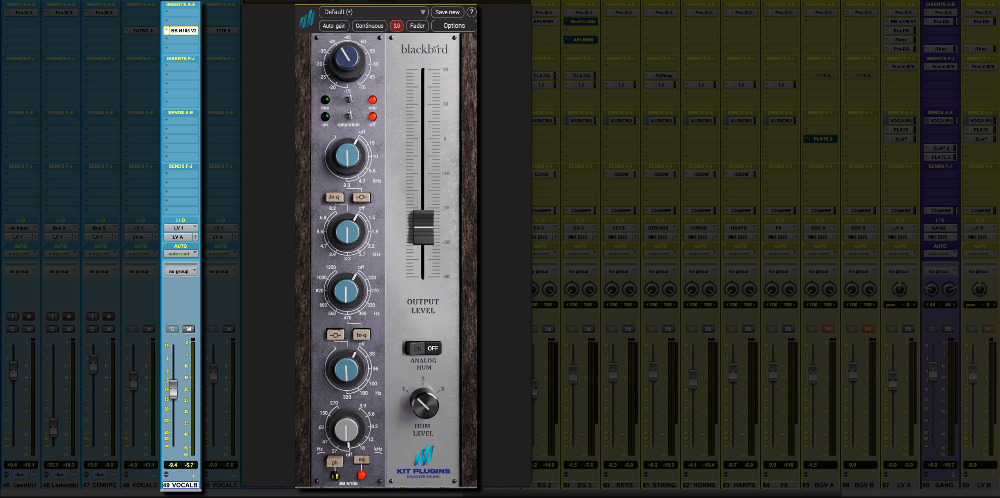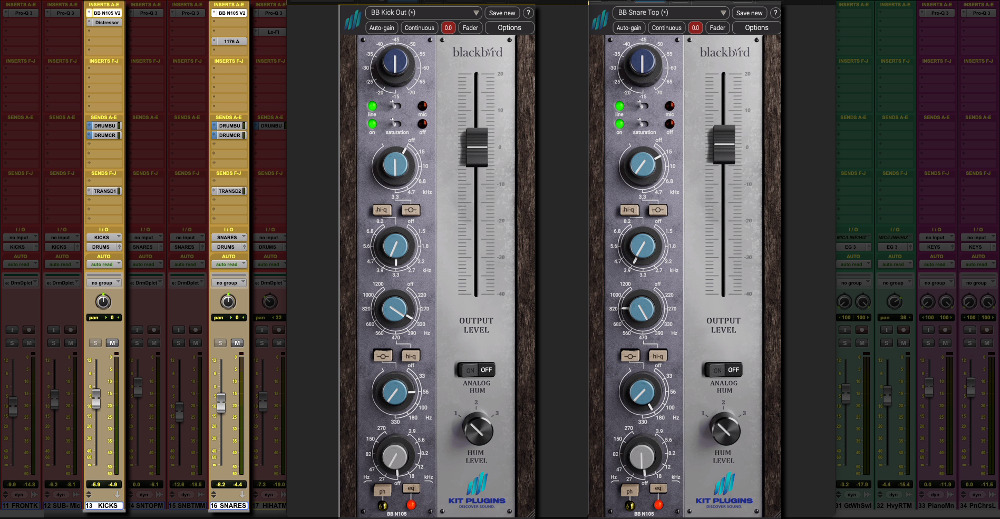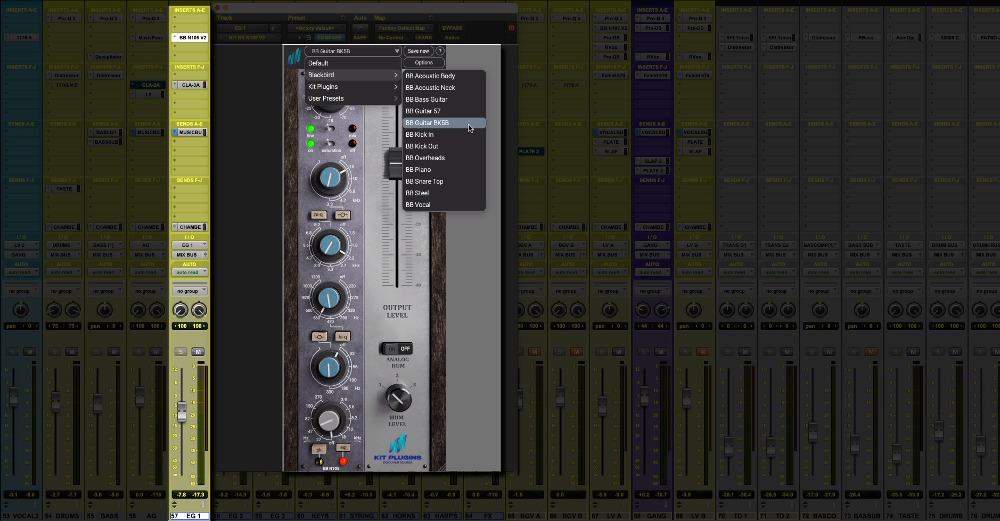3 Techniques: Blackbird N105 V2 Channel Strip — From Nashville Mixer Emily Bowie
This sponsored “3 Techniques” was made possible by KIT Plugins.
Check the map smack in the middle of Memphis and Nashville, and you see where mixer Emily Bowie hails from.
Eventually, Music City’s magnetic pull won out. Now this busy audio pro’s Nashville studio Fair Air Music is Bowie’s HQ to produce, record, mix, master, and add to her informative YouTube channel.
One of the top plugins in Bowie’s DAW: The Blackbird N105 V2 Channel Strip from KIT Plugins. It’s a spot-on model of a beloved board, the Studio A console from Blackbird Studio — a highly customized Neve 8078 built in 1978.
The N105 plugin provides the same punch, depth, saturation, imaging, and tonal impact as the classic desk it emulates. Listen and you’ll see why this prized Nashville console attracted the likes of Neil Young, Kings of Leon, Taylor Swift, Rush, Alice in Chains, Dolly Parton, Megadeth, Martina McBride, Stone Sour, Keith Urban, Daughtry, and Beartooth.
Here’s a trio of channel strip tips for your next mix. Plus a bonus Bowie knowledge bomb or two!
Producer: Emily Bowie
Production facility: Fair Air Music, Nashville, TN
Select Credits: Jessica Mayfield, Dylan Evans, End Scene
Getting Creative: I love an authentic sound. I also love when I hear certain influences in an artist’s work. It’s great working with artists who really know who they are as artists and let me know exactly what they are looking for in a mix. The more specific the better, I think. So, just being able to share that knowledge and love for sonics and storytelling through music.
My Go-To Plugin: I was initially drawn to the KIT Blackbird N105 Channel Strip simply by its name. I have been fortunate to hear the actual NEVE 8078 console that this plugin was designed after and I think that is the best board in Nashville.
I immediately had to see what the plugin version could do, and I was blown away! I believe that the BB N105 captures the sonic elements that the classic console produces, especially with the option of saturation and mic level input.
The BB N105 Channel Strip is now my go-to plugin for drums, especially snare and kick. I also really love how it sounds on electric guitars and vocals. The EQ on the BB N105 is very smooth. You can heavily boost a frequency without it sounding shrill or distorted. These EQ knobs also have predetermined frequency points that help you know where it sounds best, boosted or cut. These EQ points have worked great for decades on many award-winning records, so I know they will work for me.
It really elevates audio to a whole new level and brings out those sonic characteristics that we enjoy so much from classic console recordings.
Hear Emily’s mix work using the BB N105 Channel Strip on “The Missing”, a dramatic track by the NYC-based orchestral alternative rock band End Scene.
Technique #1: Line and Mic
I like to insert the BB N105 Channel Strip first on a track, such as a kick drum and just switch back and forth between the line and mic level. I feel like this can really set the stage for getting the most out of the N105, especially if the drums were recorded in less-than-optimal conditions like many home studios.
It adds an analog characteristic which can really fill out things like a kick or snare track.
Technique #2: Vocal Parallel Processing
I love using parallel processing. My favorite way of using it is adding saturation to lead vocals in parallel.
The BB N105 Channel Strip is perfect for this technique. I will increase the input on the N105 until I get something pretty distorted, then I will pull down the output fader on the plugin. I route my lead vocal’s output to this parallel and adjust the output of the fader to taste.
This really gets a lead vocal to come forward without sounding like it’s riding on top of everything else in the mix.
Technique #3: EQ
One of the reasons I love using the BB N105 for my EQ plugin is because it has set EQ points that take the guesswork out of it.
I can set the EQ on 56Hz and know that it is for kick — I will boost that frequency and it will give me a great sound. These EQ points were designed by sound engineers who are way smarter than me and knew where the best frequencies are and put them on this channel strip!
I like to boost more than cut, but as we know drums can build up unwanted noise around 400Hz, so there is a frequency point at 390Hz that I can use to clean up that area as well.
BONUS Technique! Presets:
I will always encourage people to use presets. We can learn what frequencies work best with certain instruments by seeing what settings are being used in presets.
For example, the BB N105 has a “Blackbird Snare Top” preset that does exactly what I need it to do to produce a full body sound that I like from a snare drum. I can see what those frequency settings are and apply that knowing that if I boost 180Hz, then I am bringing out the body of the snare.
Another reason I like using presets is that you can find unique settings that you would have never found otherwise. The BB N105 has a really cool preset for electric guitars: “Blackbird Guitar BK5B” is unique in a way that it is named after the RCA BK-5B ribbon mic, and this setting opens up the mid range perfectly.
Final W.O.W (Words of Wisdom!)
I believe that channel strip plugins are a little overlooked by those who are just starting out, and that’s mostly due to DAWs not having them included in stock plugin bundles.
It is better to learn EQ by using channel strip plugins because they are designed with frequency points already given to you. I encourage anyone to reach for a channel strip plugin like the Blackbird N105 first, instead of a multiband, sweepable EQ. Plus, you’ve got a bunch of fantastic presets and analog characteristics built in this plugin, that the others do not.
— Interview by David Weiss
Please note: When you buy products through links on this page, we may earn an affiliate commission.







